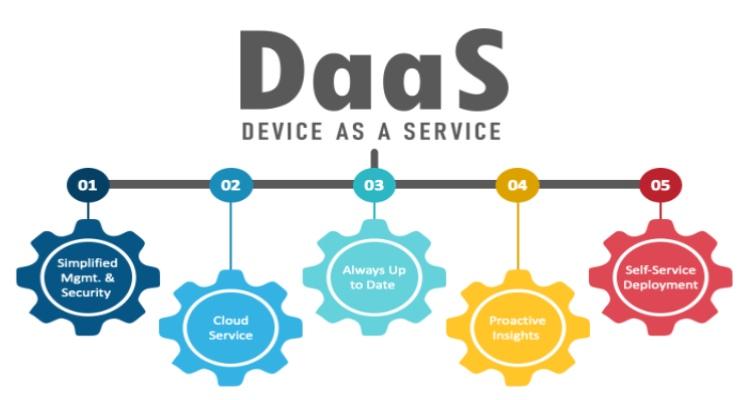A thorough Device as a Service Regional Analysis reveals a global market that is advancing at different velocities and with distinct priorities across its major geographies, reflecting the varying levels of economic development, IT maturity, and work culture around the world. North America, particularly the United States, currently represents the largest and most mature market for Device as a Service. This leadership position is driven by a number of key factors. The region has the highest concentration of large, multinational enterprises, which were the early adopters of the DaaS model to manage their vast and complex global device fleets. There is a very strong and mature culture of IT outsourcing and a strategic focus among corporations on shifting technology costs from capital expenditures (CapEx) to operational expenditures (OpEx). Furthermore, the rapid and widespread adoption of remote and hybrid work models in the post-pandemic era has acted as a massive catalyst for DaaS adoption in North America, as companies have scrambled to find a more efficient and secure way to manage their newly distributed workforce. The market here is highly competitive and focused on advanced services like Digital Employee Experience (DEX) management.
Europe stands as the second-largest market for DaaS, with its own unique set of characteristics and drivers. While the financial and operational benefits of DaaS are also a key driver in Europe, the market is significantly influenced by two additional factors: data privacy and sustainability. The stringent requirements of the General Data Protection Regulation (GDPR) have placed a premium on the enhanced security and data management capabilities that a well-run DaaS program can provide. The ability to remotely wipe a lost or stolen device and to ensure all devices are consistently patched and secured is a powerful value proposition in a GDPR world. Additionally, there is a very strong cultural and regulatory focus on sustainability and the circular economy in Europe. This has made the end-of-life asset disposition (EoLAD) component of DaaS particularly important. European customers are increasingly choosing DaaS providers who can offer a robust and transparent process for refurbishing, remarketing, and responsibly recycling old devices, helping them to meet their corporate sustainability goals.
The Asia-Pacific (APAC) region is unequivocally the fastest-growing market for DaaS in the world and represents the most significant long-term growth opportunity. This explosive growth is being fueled by the region's rapid economic development and the massive scale of its small and medium-sized business (SME) sector. As millions of SMEs across countries like China, India, and across Southeast Asia undergo rapid digitalization, they are often leapfrogging traditional IT procurement models and moving directly to modern, cloud-based, as-a-service solutions. For these companies, which often have limited or no in-house IT staff, the all-in-one, fully managed nature of DaaS is an ideal fit. The market in APAC is also characterized by its "mobile-first" nature, creating a strong demand for DaaS offerings that can manage a diverse fleet of smartphones and tablets in addition to traditional PCs. The sheer scale and dynamism of the APAC market make it the most critical strategic battleground for all the major global DaaS providers. The Device as a Service Market size is projected to grow to USD 1804.35 Billion by 2035, exhibiting a CAGR of 25.64% during the forecast period 2025-2035.
Top Trending Reports -
Germany Application Hosting Market



